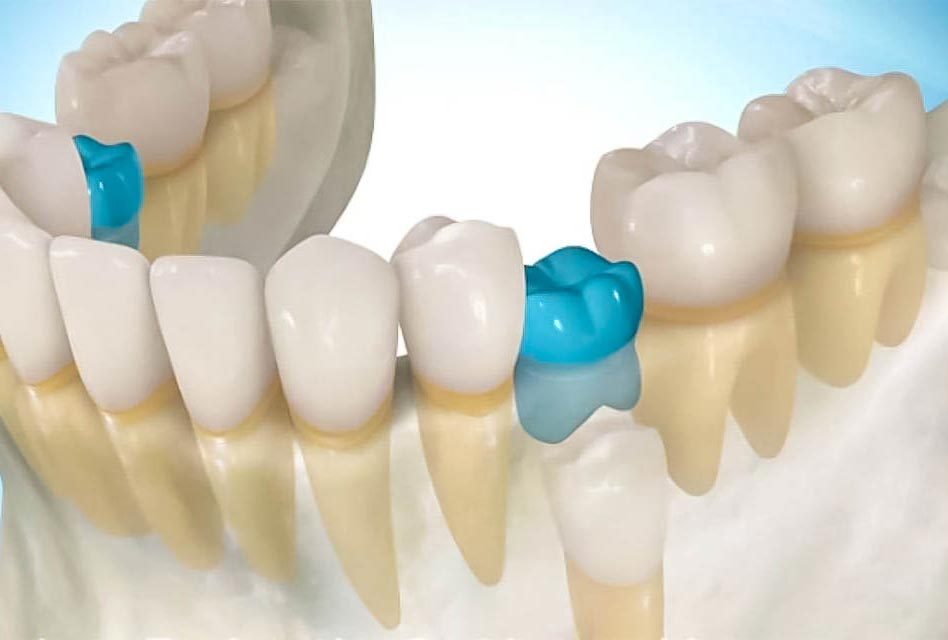When a child develops into an adult, they may face numerous dental problems. Carious dental issues like missing teeth, cavities, plaque build-up, tartar, gingivitis, and periodontitis are widespread.
However, a few uncommon dental disorders can be complicated for dentists to treat. Among them is an ankylosed tooth. Now, let us examine an ankylosed tooth or teeth in more detail and the process involved in tooth restoration in Palm Harbor.
Ways to Treat An Ankolysed Tooth
A dental problem known as ankylosed teeth can be brought on by the root of a tooth merging with the bone underneath it, causing an abnormal tooth to develop. Surprisingly, for such a rare illness, developing youngsters are particularly impacted by this problem.
Both adult permanent teeth and children’s primary teeth can be affected by this disorder. However, before selecting the most appropriate course of action for a patient, a number of factors must be considered.
The factors consist of the following:
- The patient’s smile line
- The location of the damaged tooth
- The age and time when ankylosis first showed up
- The age and time when the condition was detected
- Patient’s gender
- Identifying the nature of the ankylosed teeth
Early detection allows for treating ankylosed teeth much easier. Therefore, it is essential to be aware of the main warning signs. They are as follows:
- Lack of Mobility: Light pressure does not cause the tooth to move.
- Altered Sound: Compared to healthy teeth, ankylosed teeth make a higher-pitched sound when tapped.
- Height Discrepancy: The tooth may appear shorter than neighboring teeth if it does not fully erupt or grow at the same rate as the jawbone.
Methods for Treating an Ankylosed Tooth
The patient’s tooth or teeth and their condition will decide the best approach to proceed with the dental treatment. Since the problem is uncommon, you must consult with a local, skilled dentist. Dentists and oral surgeons use a number of procedures to deal with this problem.
If the affected tooth is permanent, treating ankylosis does not require extraction. These days, there are various types of treatment options available:
- In order to ensure that the ankylosed tooth is aligned correctly and placed, the patient might require orthodontic therapy.
- Jaw operations are used to accomplish tooth realignment.
- Just below the gum line, corrective and healing material is integrated into the bone to save the damaged tooth.
- The tooth must be carefully and surgically removed if the numbing of the tooth becomes ineffective.
- It is difficult to avoid an osteotomy if the disease occurs in multiple places, such as the gums, alveolar bone, or multiple teeth.
- Last but not least, if the ankylosed tooth is not causing any problems, all it requires is a thorough examination and regular treatment from the dentist.







